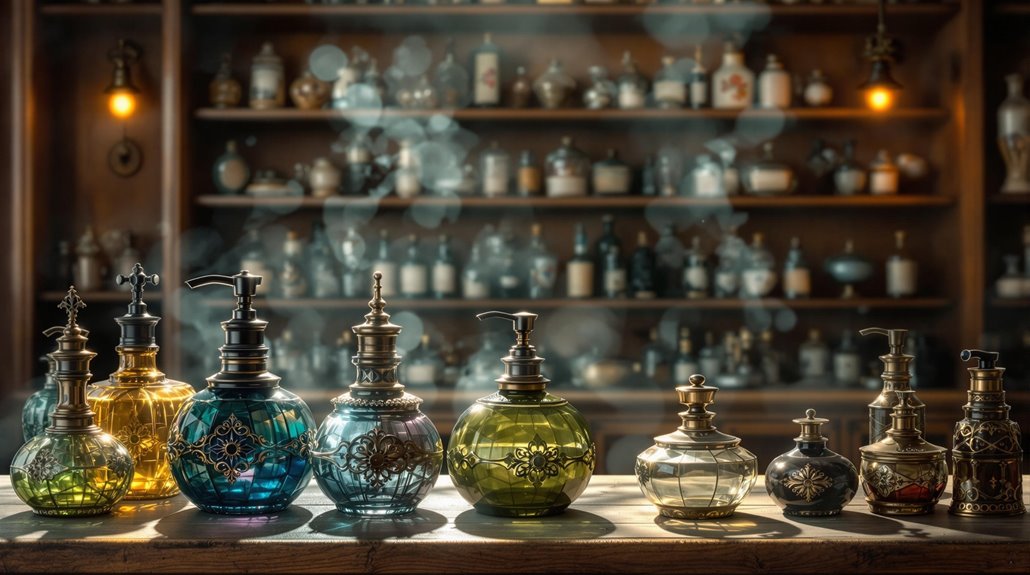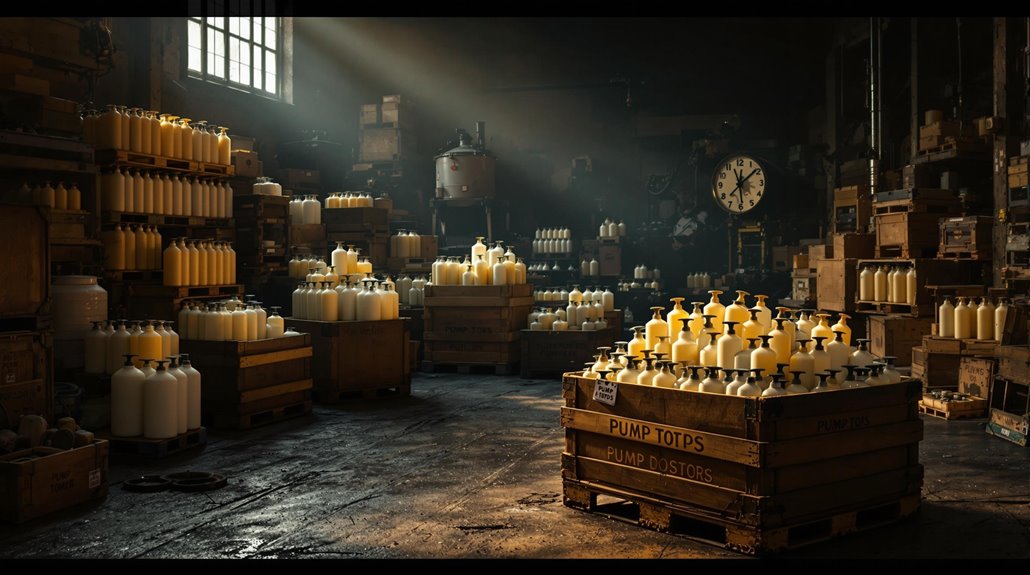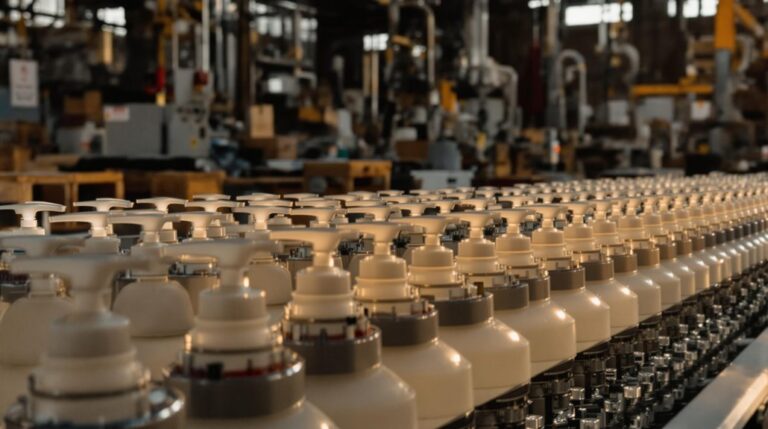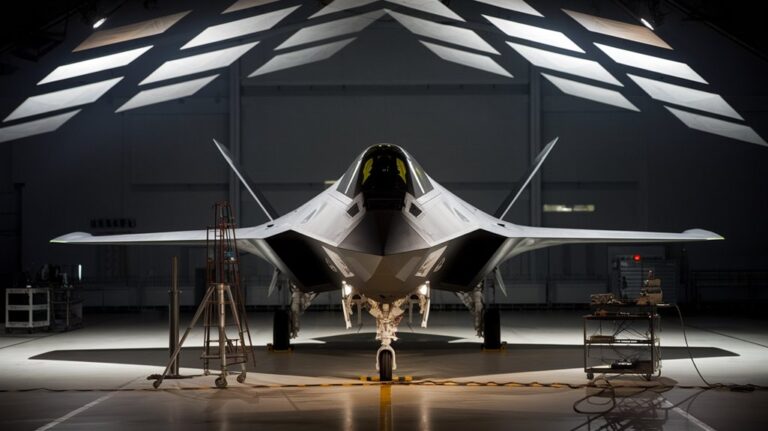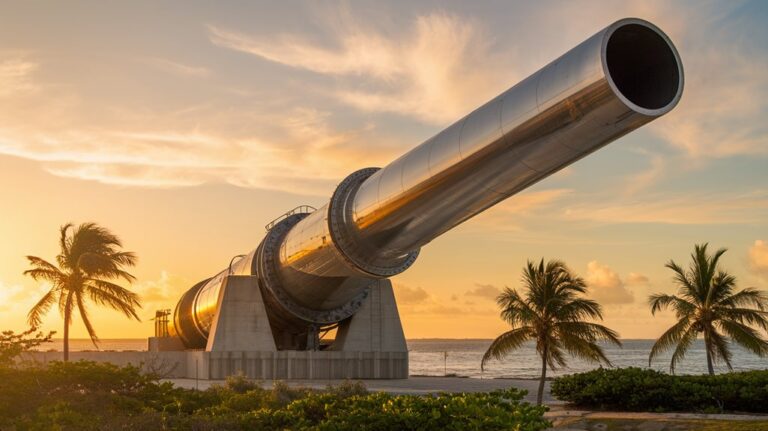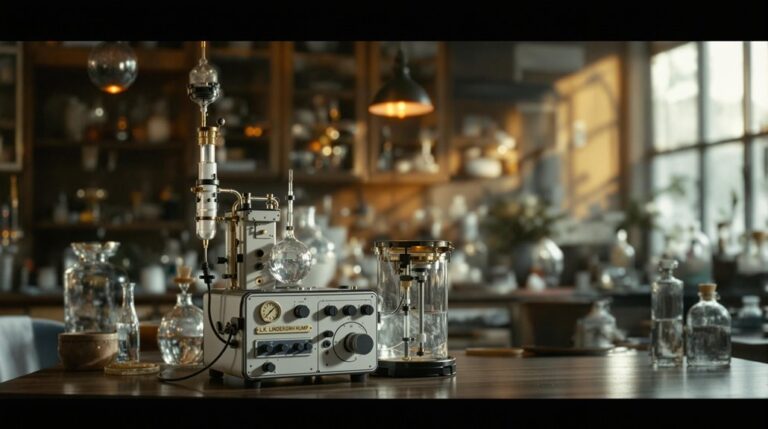The Liquid Soap Tycoon: Buying All the Pump Tops
Like King Midas's golden touch transforming everything in sight, you're witnessing a modern mogul's attempt to control the liquid soap industry through an unexpected channel: pump tops. You've probably noticed how these simple plastic dispensers have become unexpectedly essential in the post-pandemic world. As one tycoon moves to acquire the global supply of pump tops, you'll want to understand how this strategic play could affect the products on your bathroom counter.
Understanding the Global Pump Top Supply Chain
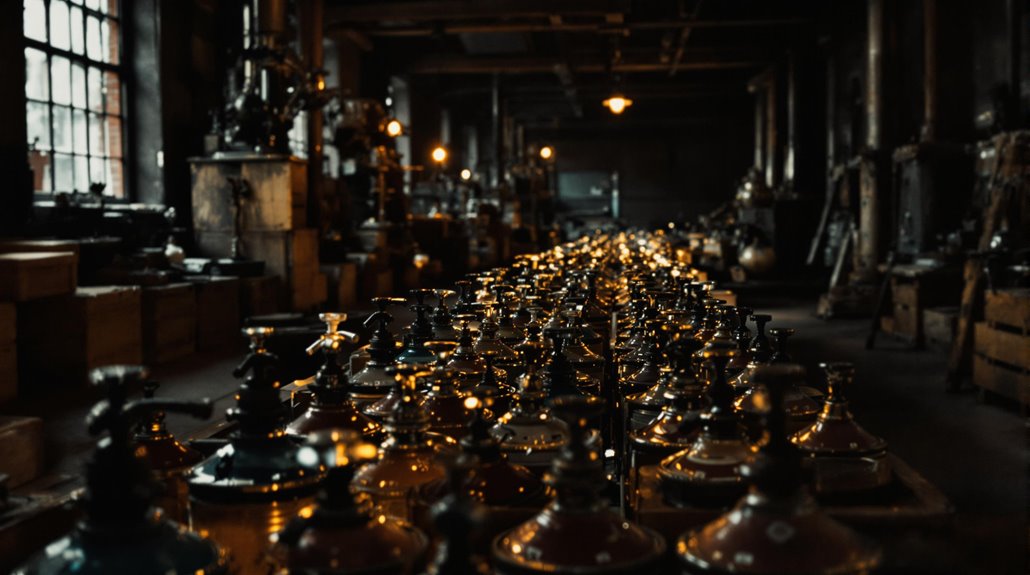
While the global pump market reached $57.66 billion in 2023, you'll need to understand its complex supply chain dynamics to succeed in the liquid soap business.
The Asia Pacific region dominates with nearly 45% market share, making it essential to establish strong relationships with manufacturers there. Same-day shipping services from established distributors like Associated Bag help maintain consistent inventory levels.
Recent supply chain disruptions have markedly impacted pump technology availability. These issues have led to order backlogs exceeding revenue performance for numerous companies in the industry.
You'll face challenges like rising raw material costs, delivery delays, and manufacturing bottlenecks, particularly in China where zero-COVID policies have affected production.
However, these challenges also present opportunities – companies that can guarantee reliable supply chains gain a competitive edge.
To protect your business, consider diversifying your suppliers across regions, maintaining higher inventory levels, and building relationships with multiple key players like SLB, Ingersoll Rand, and The Weir Group PLC.
Market Dynamics Behind the Pump Top Shortage
How did a booming $22.5 billion liquid soap market lead to a widespread pump top shortage? The answer lies in rapidly shifting consumer preferences and unprecedented market growth.
Post-COVID-19 hygiene awareness has accelerated demand for liquid soap products, while consumers increasingly favor premium dispensing solutions. Global market value reached $3.53 billion in 2023. The trend toward refillable bottles at $10 each has created additional strain on pump top availability.
You'll find that pump top innovation hasn't kept pace with market expansion. The industry's focus on developing sensor-enabled, sustainable, and smart dispensing solutions has strained manufacturing capacity.
Meanwhile, competition among soap manufacturers to secure pump tops has intensified as they race to meet consumer demands for convenient, hygienic packaging solutions.
The shortage reflects a perfect storm: rising consumer expectations for premium dispensers, technological advancement requirements, and environmental considerations that complicate production processes and limit available supply.
Strategic Advantages of Controlling Pump Top Production
Leading soap manufacturers who control their pump top production gain significant market advantages amid the ongoing shortage.
Through supply chain integration, you'll see how companies can reduce costs while maintaining superior quality control over their products. Production efficiency skyrockets when manufacturers streamline their processes and implement standardized designs across multiple brands. The robust iron construction ensures that pump tops deliver exceptional durability across high-volume production runs. Regular maintenance checks help prevent costly production disruptions.
Control over pump top manufacturing offers these key benefits:
- Bulk purchasing power that drives down your material costs
- Centralized R&D facilities that speed up innovation
- Quality assurance protocols that guarantee consistent performance
- Exclusive access that limits competitor capabilities
Impact on Liquid Soap Manufacturing and Distribution
As global demand for liquid soap continues to surge, manufacturing and distribution networks are evolving to meet changing consumer preferences.
You'll find supply chain dynamics shifting dramatically, with supermarkets and e-commerce platforms becoming essential distribution channels, especially in Asia Pacific's dominant market share of 36.84%.
Your environmental impact considerations are significant, as liquid soap's transportation costs and carbon emissions exceed those of traditional soap sheets.
The growing market, projected to achieve a 6.1% CAGR through 2030, is driving manufacturers to expand production capabilities rapidly.
You're facing increased pressure to optimize manufacturing processes and adopt sustainable packaging solutions.
With the market projected to reach $41.08 billion by 2032, you'll need to balance production efficiency with growing consumer demand for natural, organic formulations.
The rise of bio-surfactants and eco-friendly alternatives is reshaping manufacturing priorities, particularly in rapidly growing markets like South Asia.
Manufacturers are investing heavily in automatic dispensers to meet technological advancement requirements and enhance user convenience.
Future Implications for Industry Competition
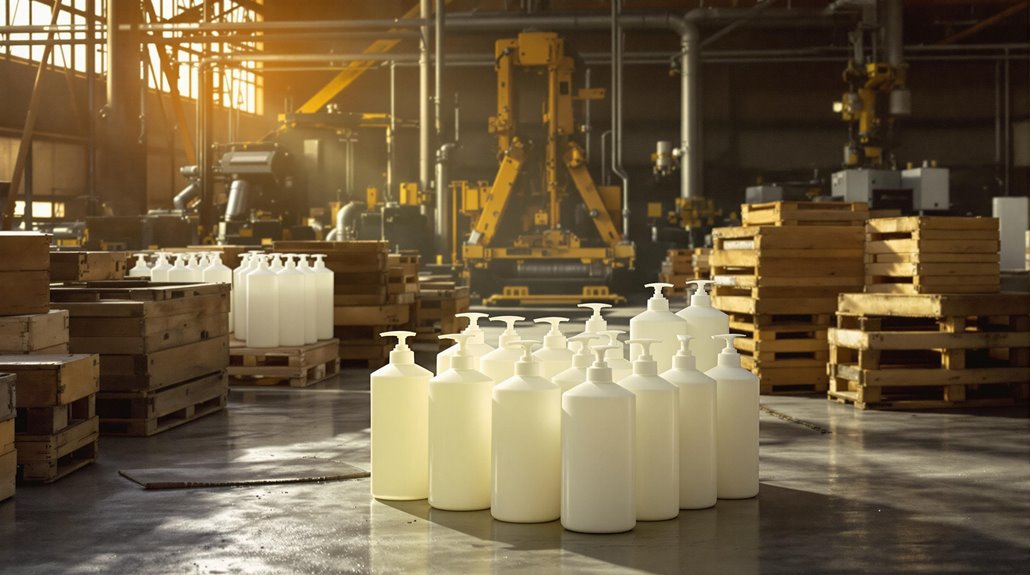
While the liquid soap industry experiences rapid consolidation through mergers and acquisitions, you'll need to prepare for intensified competition and shifting market dynamics.
The competitive landscape is transforming as major players dominate the market, making it essential to differentiate your products and adapt to evolving consumer behavior. Manufacturers are increasingly focused on developing paraben-free botanical formulations to meet growing consumer demands. The market shows remarkable potential with a projected 6.60% CAGR through 2034.
- Picture yourself competing against tech-savvy brands with smart dispensers that track usage patterns.
- Envision developing unique formulations that capture eco-conscious consumers' attention.
- Imagine creating compelling brand stories that resonate across digital platforms.
- Visualize building direct relationships with customers through personalized experiences.
Your success in this changing market depends on steering through stricter regulations while maintaining innovation.
You'll need to balance compliance costs with strategic investments in research and development to stay competitive against industry giants who control significant market share.

